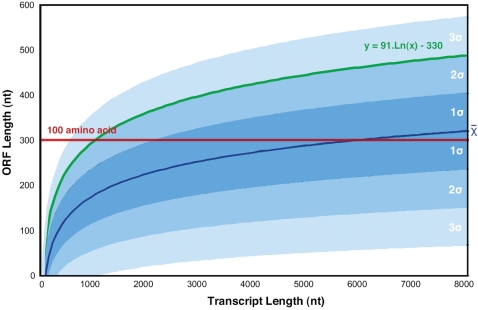Figure 1. Incidence of open reading frames (ORFs) in randomly generated transcripts of increasing length.
Twenty thousand transcripts of varying length and random nucleotide composition were computationally generated and scanned for ORFs. The maximum ORF and transcript lengths were plotted and fitted to a logarithmic curve. The shaded regions represent incidences of randomly occurring ORFs at 1, 2, or 3 standard deviations from the mean. The red line indicates the 300 nt ORF threshold that is commonly used to distinguish protein-coding genes in transcript classification pipelines. Therefore, this plot illustrates that for transcripts longer than ∼1000 bp, such a threshold may define transcripts as protein-coding that would be expected to occur by chance. The function y = 91.Ln(x)−330, which approximates random ORF incidence according to transcript length at two standard deviations above the mean (i.e., 95% confidence interval, indicated in green), could be used to discriminate noncoding from protein-coding transcripts in a transcript-length–dependent manner.

